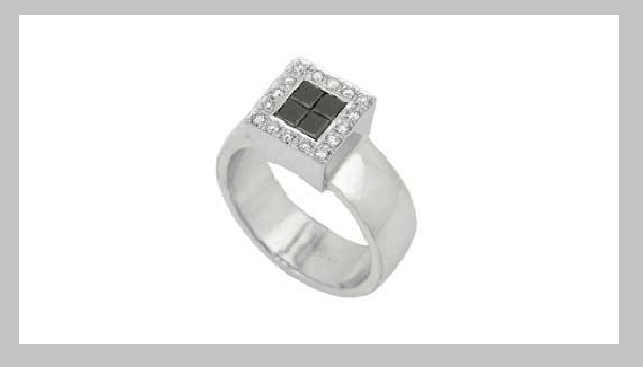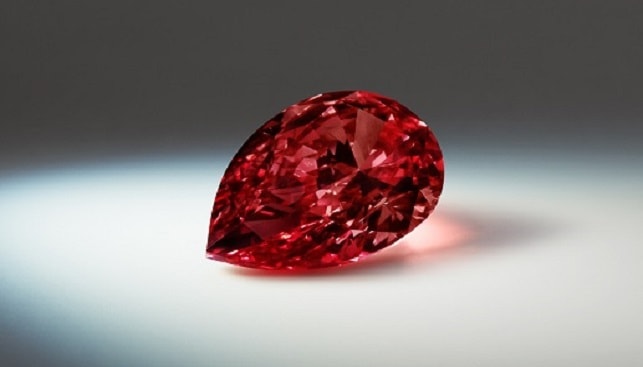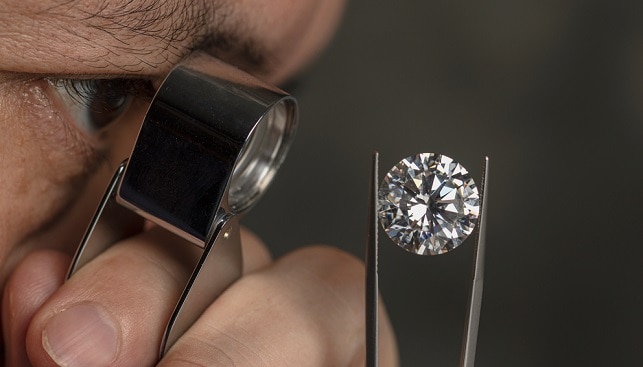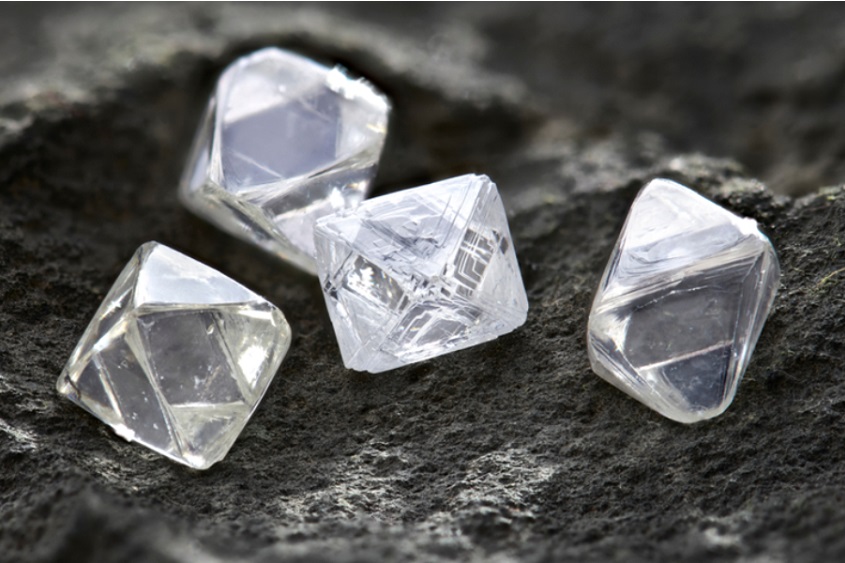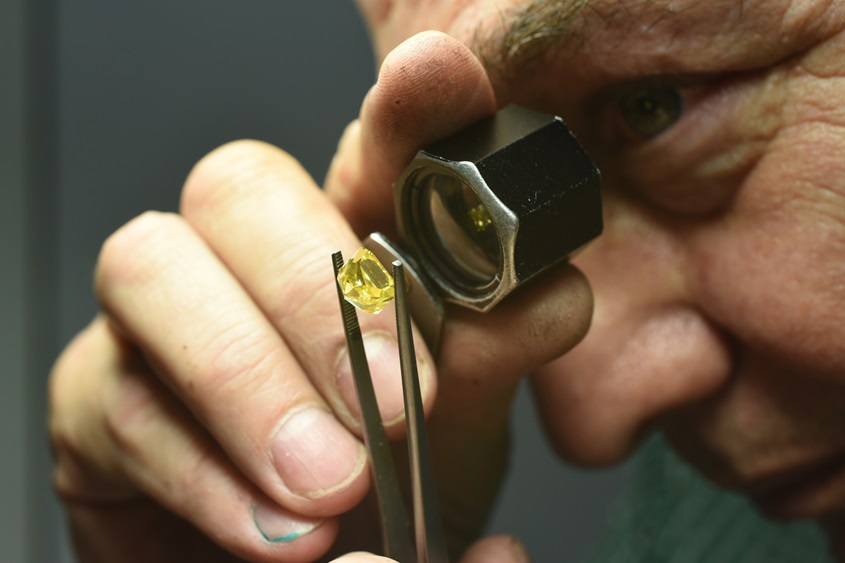Black or carbonero diamonds, which for many years were considered less desirable than other colored diamonds, have come back into fashion, even as engagement rings for women with special taste.
In fact, black diamonds aren’t solid black. The color is an optical illusion created by the large number of carbon inclusions in the crystal that became part of the stone when the diamonds were being formed deep in the earth. According to Vineti Jewellery, some believe that black diamonds are the result of a meteor striking the planet. Black diamonds contain trapped gas bubbles and have a fairly porous structure compared to other diamonds, and gem-quality black diamonds are extremely rare.
While diamonds can be found in countries all over the world – including Russia and North America – black diamonds have fewer sources. Carbonero diamonds are mined in Brazil and the Central African Republic, most often in alluvial deposits.
Black diamonds are the subject of superstition in many cultures. In ancient India, black diamonds were associated with Yama, the god of death. In Borneo, any gray or black inclusion – even in an otherwise clear diamond – were believed to represent the diamond’s soul. In Italy, tradition held that black diamonds could reconcile couples. If both partners touched one, their problems would disappear and they would be happy together.
Famous black diamonds include the Spirit of Grisogono (312.24 carats); the 202-carat Black Star of Africa; The 160.18 emerald-cut Table of Islam; the heart-shaped, 115.34-carat Gruosi Diamond; the 88-carat Korloff Noir, a standard 57-facet round cut diamond; and the Black Orlov, a 67.50-carat cushion-cut diamond.

